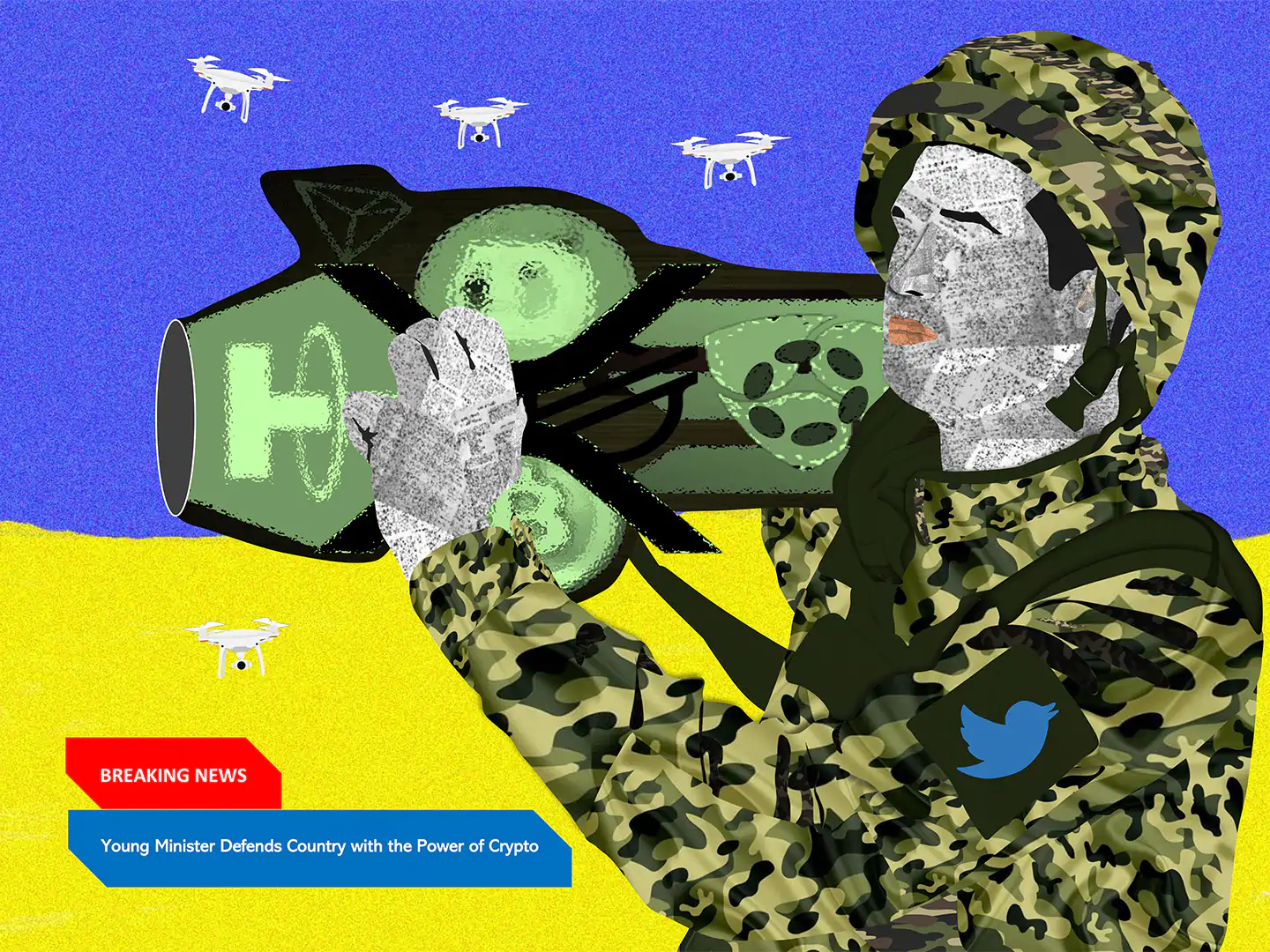Jessica Klein
Jessica Klein is a freelance journalist whose work has appeared in The Atlantic, Fortune, The New York Times, and other publications. She is currently a contributing reporter at The Fuller Project, a nonprofit newsroom dedicated to reporting on issues that affect women.
Nigerian artist Osinachi creates with an unusual medium. You might not guess when looking at his minutely detailed illustrations, but they’re made in Microsoft Word.
“As a kid, my dad introduced me to the computer,” he says, where he discovered early online literary magazines. He used Word to submit writing to these magazines, but when he got bored, he’d explore the program’s drawing tools.
Starting by reproducing logos (like the Nigerian Television Authority) Osinachi, 31, honed his ability to create art with Word, his medium for 17 years now. “There are lots of limitations, but I've learned to bend it to do what I want it to do, or maybe to use these limitations to create other possibilities,” he says. “It's just a case of mastering the software.”
Read more: Presenting CoinDesk's Most Influential 2022
For this year’s Most Influential series, CoinDesk asked Osinachi to create a portrait of Mikhaylo Federov, Ukraine's minister of digital transformation, who raised $178 million in crypto for that nation’s war effort.
The natively digital artist says he wanted “highlight what Federov’s done to better the lives of war victims” – a topic that Osinachi is well acquainted with from his country.

"Mykhailo Fedorov Defends" (Osinachi/CoinDesk)
Announcing: An NFT of this image, created by Osinachi, is available for bidding at auction on Coinbase NFT. A percentage of the sale will go to charity.
How and when did you first learn about NFTs?
I heard about “art on the blockchain” in late-2017, but I entered the space in 2018. I was looking for a platform to share my work with a wider audience beyond Instagram and an opportunity to make money from what I do. The trad art world was like, “Your work is beautiful, but it's digital. Is it still art?” Blockchain can offer solutions to that question.
What were some of your main considerations when creating your “Most Influential” portrait of Mikhaylo Federov?
I’ve been thinking about how to make a tribute to courage. I'm talking about people on the frontlines. When you talk about wars, it's not just about trying to make peace, but also trying to help those who have been affected.
I come from a tribe here in Nigeria that faced a very horrible Civil War. I remember stories about invasion. Even in the face of the horrors of war, [Federov] is doing things to make people's lives better.
You can personally relate to your subject in this way?
I can relate to the idea of being invaded. Take the Biafran War, which some people refer to as the Nigerian Civil War. Biafra, mostly made up of Igbo tribes, said they wanted to leave Nigeria and be a country of their own. But Nigeria said no, we're not going to let you go. This led to the invasion of Biafra by the Nigerian forces and the deaths of millions of people – children especially, who died of malnutrition. This is what binds us in terms of our experience. I wasn't there when the Biafran war was fought, but [I heard stories].
Who are your main artistic influences?
I have a trinity when it comes to influences. There's Njideka Akunyili-Crosby. She's Nigerian-American and creates beautiful portraiture that remind me of home. There's nostalgia in what she's creating. She isn't based in Nigeria, so she's reaching down to her memory.
There's Kehinde Wiley, who is also a Nigerian-American and puts Black bodies in dignified positions, making them beautiful and larger than life. Then there's Tschabalala Self, who creates portraiture of women with unconventional body shapes. I see it as a tribute to a woman being beautiful in whatever shape she comes.
Where do you see yourself in the NFT art world moving forward?
There are two things that I want to see not just for me, but for the space at large. One is to see us get closer to realizing the dream of full decentralization. That might not happen until ten or 50 years from now. It’s a journey.
I also want to see more collaborations in the space, especially with players in the traditional art world. We can’t just exist in isolation as artists in the NFT space. The journey to decentralization is best enjoyed when you have company. We can go along with those in the traditional art world.



